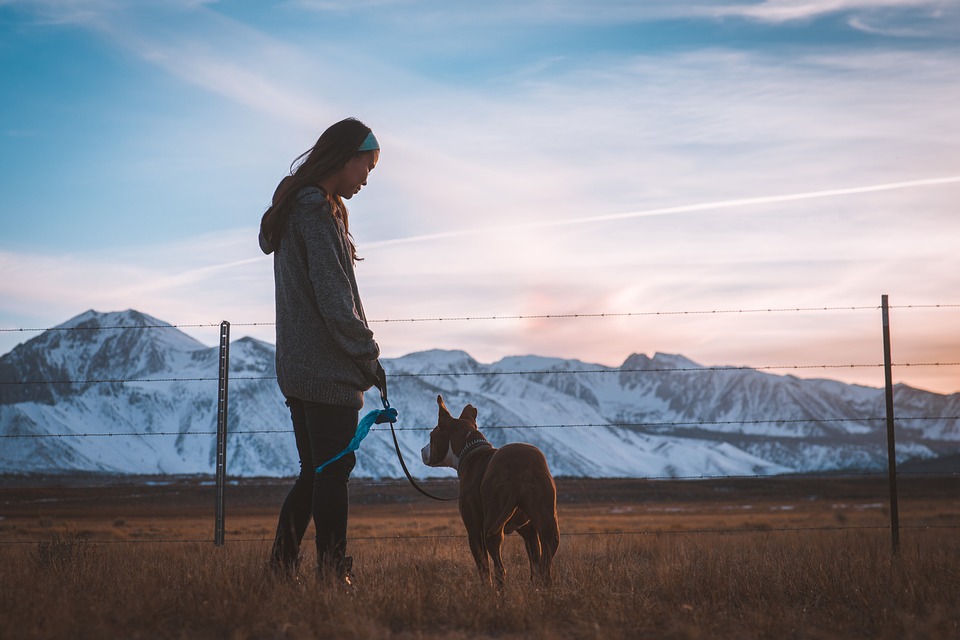Beyond Royalty: An Insight into the Roles and Duties of the Royal Family Dogs
The royal family is widely known for their glamorous lifestyles, exquisite palaces, and regal responsibilities. Yet, there is a group of loyal companions that often go unnoticed – the royal family dogs. These furry friends play a significant role in the lives of the royals and contribute to their image as a symbol of elegance and aristocracy. In this article, we will take a closer look at the roles and duties of these canine members and gain insight into their lives beyond royalty.
1. The Tradition of Royal Dogs
The tradition of royal dogs dates back centuries, with various breeds playing essential roles in the lives of monarchs and their families. Queen Elizabeth II, for example, is known for her love of Corgis, a breed that has been closely associated with the British royal family since the 1930s.
2. Companionship and Emotional Support
One of the primary roles of royal family dogs is to provide companionship and emotional support to the members of the royal household. As the Queen once said, “My dogs have been my friends and constant companions. They have seen all matters with a sympathetic eye and warmly welcomed my many guests.” These loyal animals offer unconditional love and serve as trusted confidants, easing the stresses that come with their royal duties.
3. Public Relations
Beyond their role as companions, royal dogs also contribute to the public image of the royals. Seeing them interact with their beloved pets humanizes the family and creates a relatable connection with the public. The presence of dogs in official engagements and public appearances showcases the family’s down-to-earth nature and helps make them seem more approachable to their subjects. This, in turn, strengthens the bond between the royal family and the people they serve.
4. Symbolism and Legacy
Certain breeds, such as the Corgi, have become synonymous with the British royal family. Their presence evokes a sense of tradition and continuity, reminding the public of the family’s long-standing role as the figurehead of the nation. For generations, these dogs have embodied the values and ideals that the royals hold dear, further solidifying their place in history. The legacy of royal dogs is celebrated through artwork, memorabilia, and the affectionate memories shared by the royal family and the public alike.
5. Supportive and Therapeutic Roles
In addition to their emotional support duties, some royal family dogs are specifically trained to serve in support and therapy roles. These dogs are tasked with bringing comfort and solace to those in need, whether it be visiting hospitals, nursing homes, or being present in times of national tragedy. Their presence has a profound impact on those they encounter, offering a sense of relief and companionship during challenging times.
FAQs:
Q1. How many dogs does the royal family have?
The exact number of dogs in the royal family may vary throughout the years, but Queen Elizabeth II is known for her fondness for Corgis. At one point, she had over 30 Corgis, many of which were direct descendants of her first Corgi, Dookie.
Q2. Are the royal dogs treated differently from regular dogs?
Royal dogs receive the same love, care, and attention as any other pet. However, they often have specialized care teams and professionals looking after their well-being. From veterinarians to dog groomers and dog trainers, the royal family spares no expense in ensuring their pets are happy and healthy.
Q3. Do the royal dogs live in palaces?
Yes, the royal dogs do have their residence in the palaces. They have designated areas within the palace grounds, complete with comfortable living quarters and plenty of space for exercise.
Q4. How are the royal dogs trained?
Royal dogs undergo professional training to ensure they are well-behaved and obedient. This training is vital for both their safety and the safety of those around them. Specialized dog trainers work closely with the royal dogs to teach them commands, socialize them, and prepare them for public appearances.
Q5. Are royal dogs ever gifted to other dignitaries or foreign leaders?
Yes, it is not uncommon for the royal family to gift dogs to other dignitaries and foreign leaders. These dogs serve as symbols of goodwill and friendship, reflecting the deep-rooted tradition of dog gifting in various cultures.
In conclusion, the royal family dogs play an integral role in the lives of the monarchy. Beyond their title of royal pets, these four-legged companions provide emotional support, contribute to public image, symbolize tradition, and even serve in support and therapy roles. They are cherished members of the royal household and hold a special place in the hearts of the royal family and the public. The legacy of these dogs will continue to be celebrated, ensuring that their influence and importance extend far beyond the realm of royalty.

